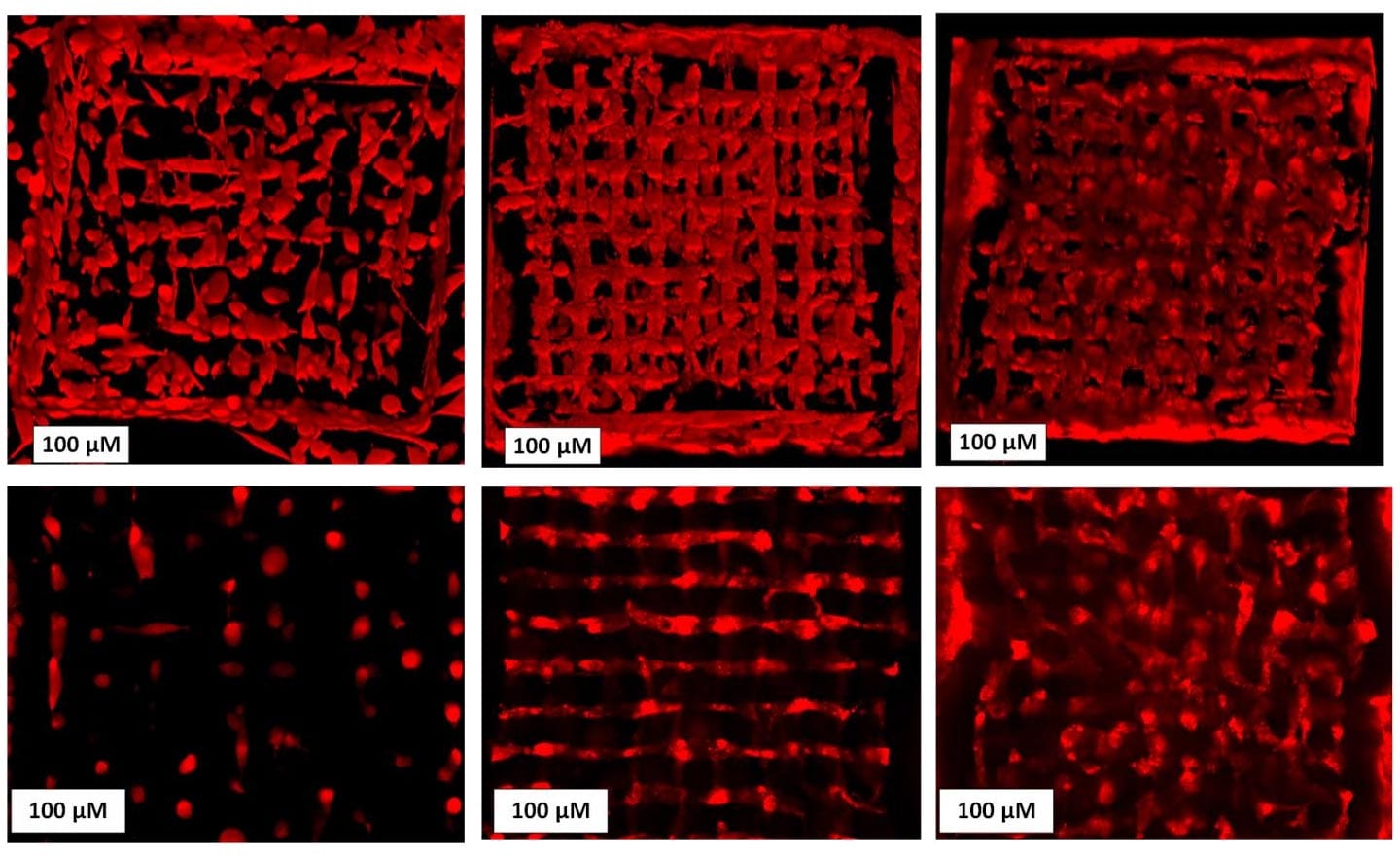With a new process developed at TU Wien (Vienna), living cells can be integrated into fine structures created in a 3D printer — extremely fast and with very high resolution.
.
Tissue growth and the behavior of cells can be controlled and investigated particularly well by embedding the cells in a delicate 3D framework. This is achieved using additive 3D printing methods — so-called “bioprinting” techniques.
.
However, this involves a number of challenges: Some methods are very imprecise or only allow a very short time window in which the cells can be processed without being damaged. In addition, the materials used must be cell-friendly during and after the 3D bioprinting process. This restricts the variety of possible materials. A high-resolution bioprinting process with […]
Case Study: How PepsiCo achieved 96% cost savings on tooling with 3D Printing Technology
Above: PepsiCo food, snack, and beverage product line-up/Source: PepsiCo PepsiCo turned to tooling with 3D printing...





0 Comments